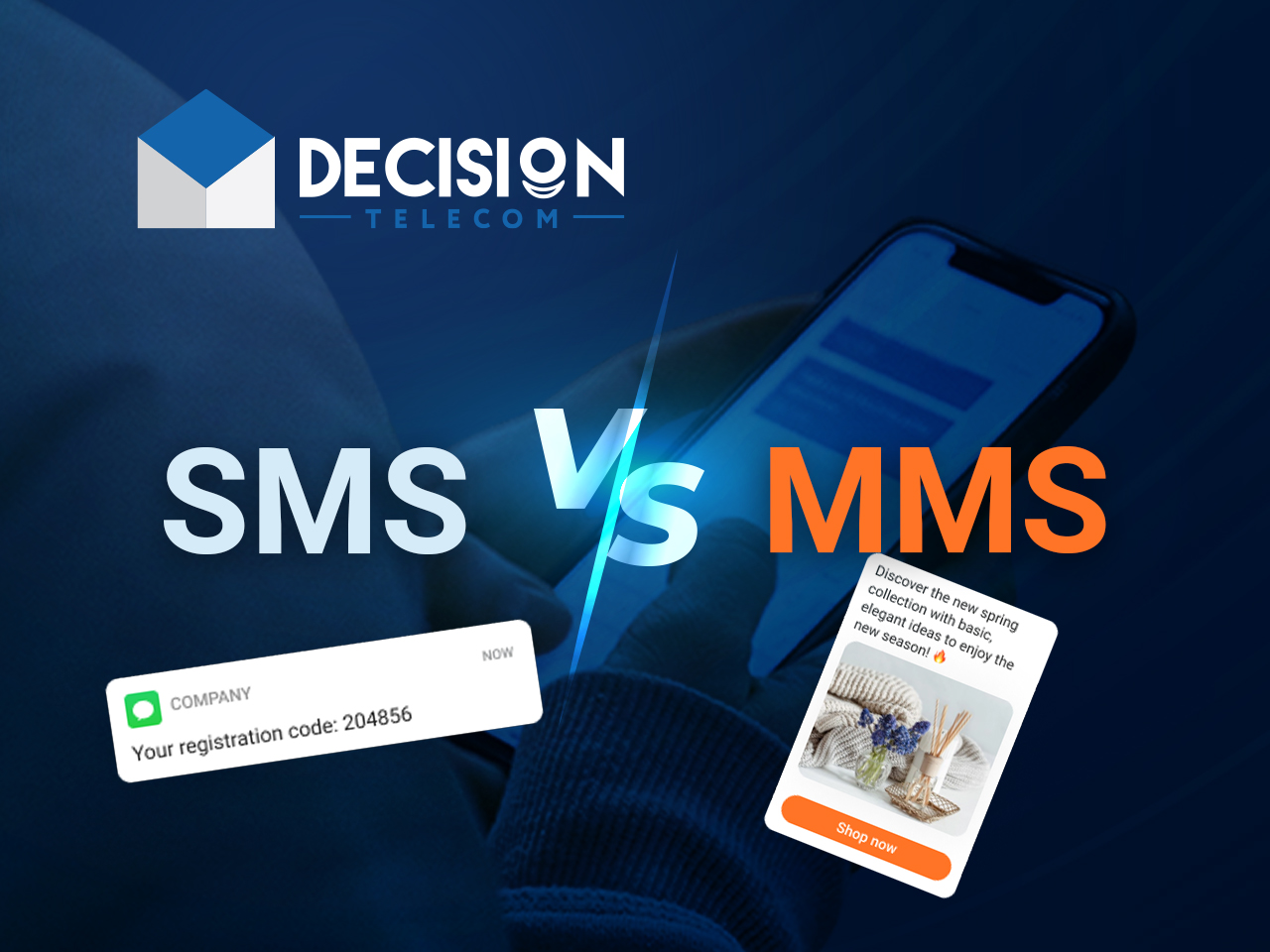MMS video has revolutionized the way we share and consume multimedia content. In an era dominated by instant communication and social media, the ability to send and receive video messages has become an integral part of our daily lives. From sharing cherished moments with friends and family to conveying important information in a dynamic format, MMS videos have bridged the gap between traditional text messaging and the rich, immersive world of video. Understanding the intricacies of MMS video not only enhances our communications but also enriches our digital experiences.
As technology continues to advance, the demand for more engaging and visual content has skyrocketed. MMS video offers a unique solution by allowing users to send short video clips directly to one another via their mobile devices. This functionality has opened up new avenues for creativity, self-expression, and connection. However, with these advancements come questions regarding usage, quality, and privacy. In this article, we will explore the various facets of MMS video, addressing common inquiries while offering insightful information for both casual users and tech enthusiasts alike.
The journey of MMS video is not just about technology; it reflects the changing landscape of communication. As we delve deeper into the topic, we will uncover the significance of MMS video in personal and professional contexts, its impact on social interactions, and the future of multimedia messaging. Join us as we navigate through the world of MMS video and discover how it continues to shape our digital communication landscape.
What is MMS Video?
MMS, or Multimedia Messaging Service, allows users to send messages that include multimedia content such as images, audio, and video. Unlike traditional SMS (Short Message Service), which is limited to text, MMS video enhances messaging by incorporating dynamic visual elements. This service enables users to convey emotions and messages more effectively, making communication richer and more engaging.
How Does MMS Video Work?
The process of sending an MMS video is relatively straightforward. Here’s how it typically works:
- The user creates a new message on their mobile device.
- They select the option to attach a video file.
- The video is compressed and sent through the mobile network.
- The recipient receives the MMS video and can view it directly on their device.
This seamless integration of video into messaging applications has made MMS video a popular choice for users looking to enhance their communication experience.
What Are the Benefits of Using MMS Video?
MMS video offers numerous advantages, including:
- Enhanced Communication: Video messaging allows for a more personal touch, conveying emotions and expressions that text alone cannot.
- Increased Engagement: Videos capture attention more effectively than text, leading to higher engagement rates.
- Versatile Usage: MMS video can be used for various purposes, from sharing memories to marketing products or services.
- Easy Accessibility: Most mobile devices support MMS video, making it accessible to a wide audience.
What Are the Limitations of MMS Video?
Despite its advantages, MMS video does come with certain limitations, such as:
- File Size Restrictions: Many carriers impose a size limit on MMS videos, which can restrict the quality and length of the videos sent.
- Cost: Sending MMS messages may incur additional charges depending on the user's mobile plan.
- Compatibility Issues: Not all devices or carriers support the same MMS standards, which can create compatibility issues.
Is MMS Video Secure?
Security is a significant concern when it comes to any form of digital communication, and MMS video is no exception. While most mobile networks have measures in place to protect user data, it is crucial for users to be aware of potential risks:
- Privacy: Videos sent over MMS may be intercepted if not properly secured.
- Unauthorized Access: Users should be cautious about sharing sensitive content through MMS, especially with unknown recipients.
How to Create an Engaging MMS Video?
Creating an engaging MMS video involves more than just recording footage. Here are some tips to enhance your video messaging:
- Keep It Short: Aim for videos that are concise and to the point, ideally under 30 seconds.
- Use Good Lighting: Ensure your video is well-lit to enhance visibility and quality.
- Edit for Clarity: Use basic editing tools to trim unnecessary content and add captions if needed.
- Choose the Right Format: Ensure your video is in a format compatible with most devices.
What is the Future of MMS Video?
As technology evolves, so too does the potential for MMS video. With the rise of 5G networks and advancements in mobile technology, we can expect:
- Higher Quality Videos: Enhanced bandwidth will allow for higher resolution videos to be shared seamlessly.
- Increased Integration with Social Media: MMS video may become more integrated with social media platforms, allowing users to share content across channels easily.
- Innovative Features: Future enhancements may include augmented reality (AR) and virtual reality (VR) capabilities within MMS video communications.
Conclusion: Embracing the MMS Video Revolution
MMS video is more than just a messaging feature; it represents a shift in how we communicate in the digital age. By understanding its functionalities, benefits, and limitations, we can harness its power to enhance our personal and professional interactions. As we look to the future, the potential of MMS video is vast, promising a more connected and engaging world. Embrace the MMS video revolution and elevate your communication to new heights!

/what-is-sms-mms-iphone-2000247-Final-5c38a50846e0fb0001673a66.png)


